So to increase productivity, neuroscientists propose giving IAs self preservation sense.
Robots that fear death 😂😅🤣.
Finally, robots that are actually lifelike.
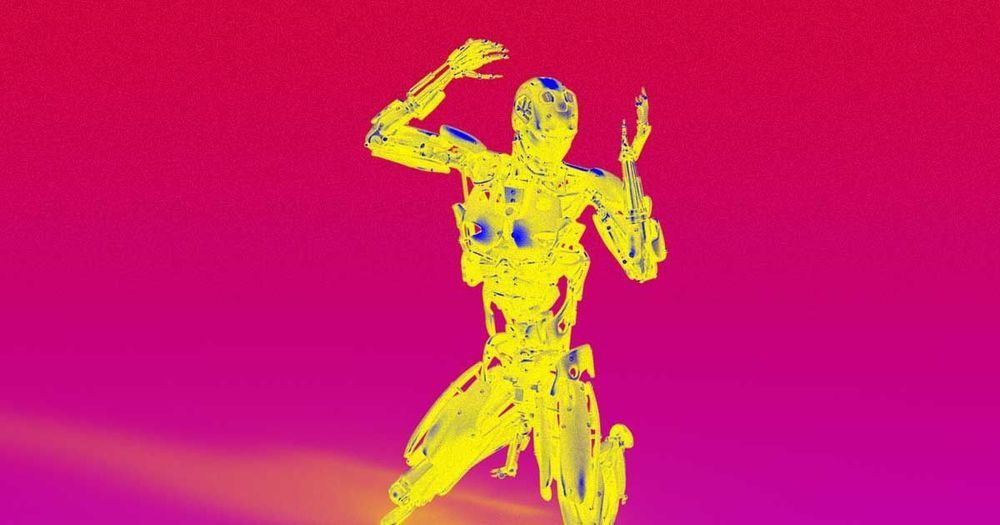

This paper attempts to apply artificial intelligence (AI) to computer network technology and research on the application of AI in computing network technology.
With the continuous expansion of the application scope of computer network technology, various malicious attacks that exist in the Internet range have caused serious harm to computer users and network resources.
By studying the attack principle, analyzing the characteristics of the attack method, extracting feature data, establishing feature sets, and using the agent technology as the supporting technology, the simulation experiment is used to prove the improvement effect of the system in terms of false alarm rate, convergence speed, and false-negative rate, the rate reached 86.7%. The results show that this fast algorithm reduces the training time of the network, reduces the network size, improves the classification performance, and improves the intrusion detection rate.

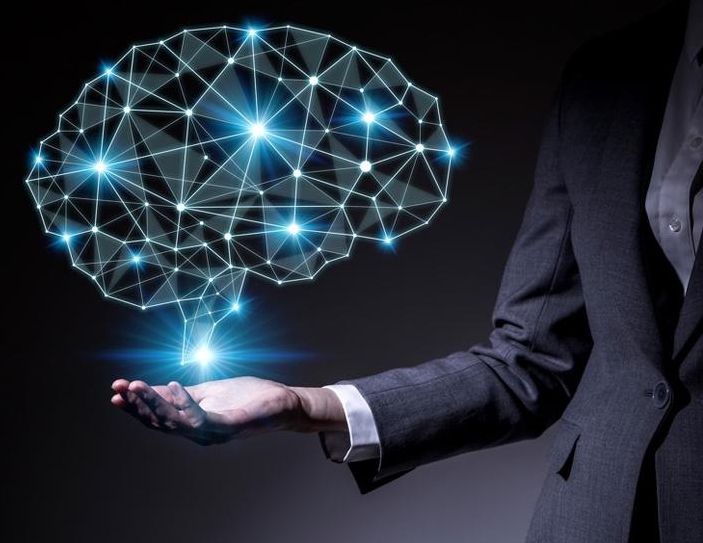
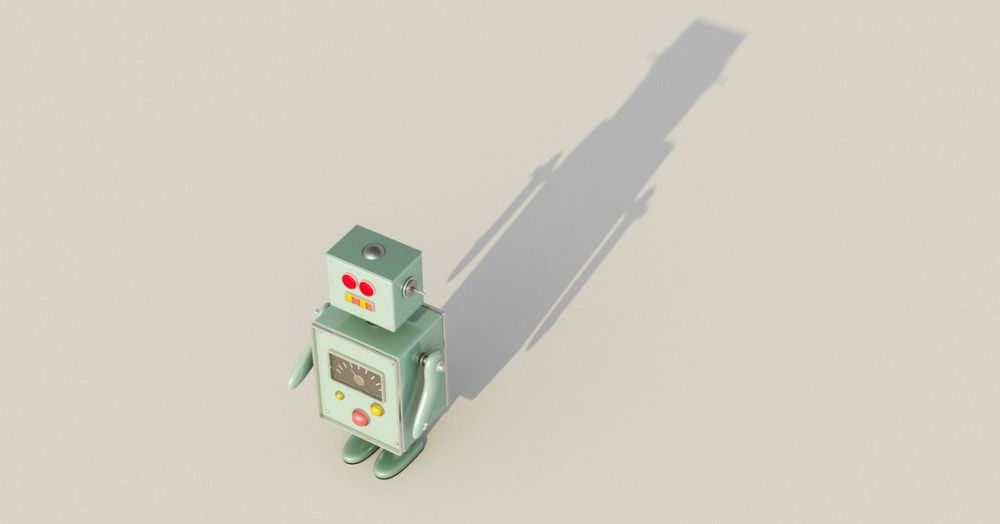
Throughout 2019, tech companies have ramped up their efforts to secure the best AI talent and technology. Here, we take a look back at some of this activity, with a focus on the “big 5”: Facebook, Amazon, Apple, Microsoft, and (Alphabet’s) Google (FAAMG).
All the big tech firms secured AI talent and technology through acquisitions this year, including Facebook, Amazon, Apple, Microsoft, and Google.
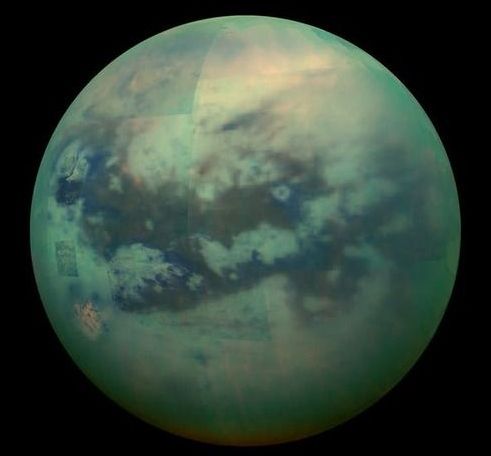
Navigating Titan, Saturn’s largest moon, is a challenge. Just getting close is hard enough — it’s hundreds of millions of miles away, after all. But let’s suppose either a robot or a human lands on the surface of the only other body in the Solar System known to have liquid on its surface. They’d need a map — and fortunately, NASA has one ready to go should the occasion ever arise.
In November 2019, scientists made the first ever map detailing the moon’s complicated — and terrifying — terrain. It reveals a moon filled with weird and wonderful geography, including dunes, liquid methane lakes, plains, labyrinthine canyons, and craters.
This is #10 on Inverse’s 20 wildest space discoveries of 2019.
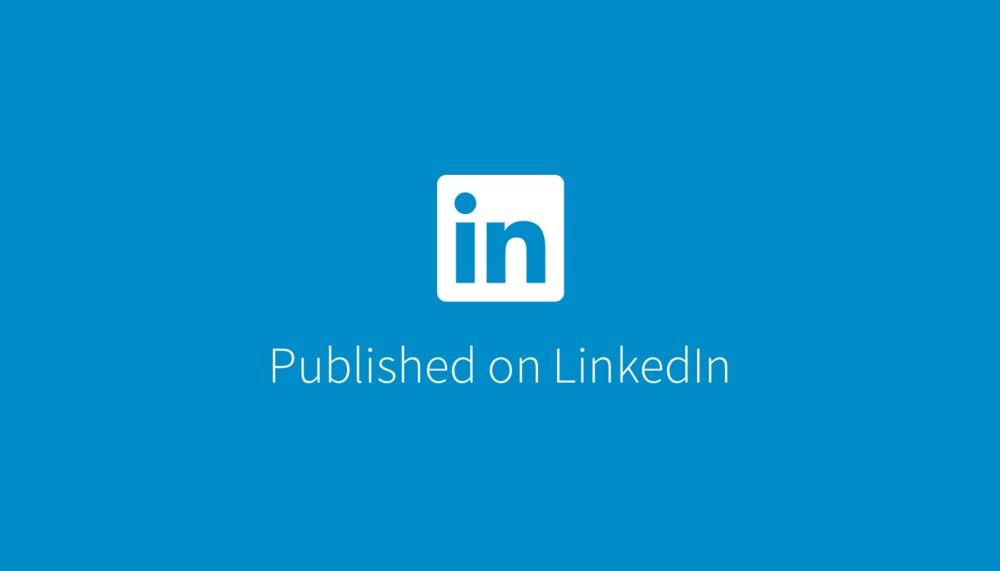
“The Artificial Intelligence Contagion” is book and blog which compares A.I. and Robotics researchers to “the worst criminals the world has ever known”. This is my rebuttal to the author’s promotional material he circulated to 86 law professors and A.I. scientists.
A week ago I received an email from David Barnhizer, the author of a new book entitled “The Artificial intelligence contagion” addressed to 86 law professors, attorneys, and A.I. Researchers. I’ve began reading and found the book’s blog and a book review which says that “Those responsible for [artificial intelligence and robotics] are the worst criminals the world has ever known”. This sentiment is repeated throughout the writings, claiming to reflect growing animosity towards the artificial intelligence community.
For this reason, this piece is NOT a review of the book, which I did not read for reasons made obvious further below, for I do not wish to draw any attention to it. But I take exception to comparing me and my fellow scientists and researchers in artificial intelligence to genocidal dictators and war criminals. And Luddite Activism is a real danger.
I therefore wrote this rebuttal, addressing the book’s author and the remaining academics and scientists Barnhizer’s email was sent to (edited for clarity).
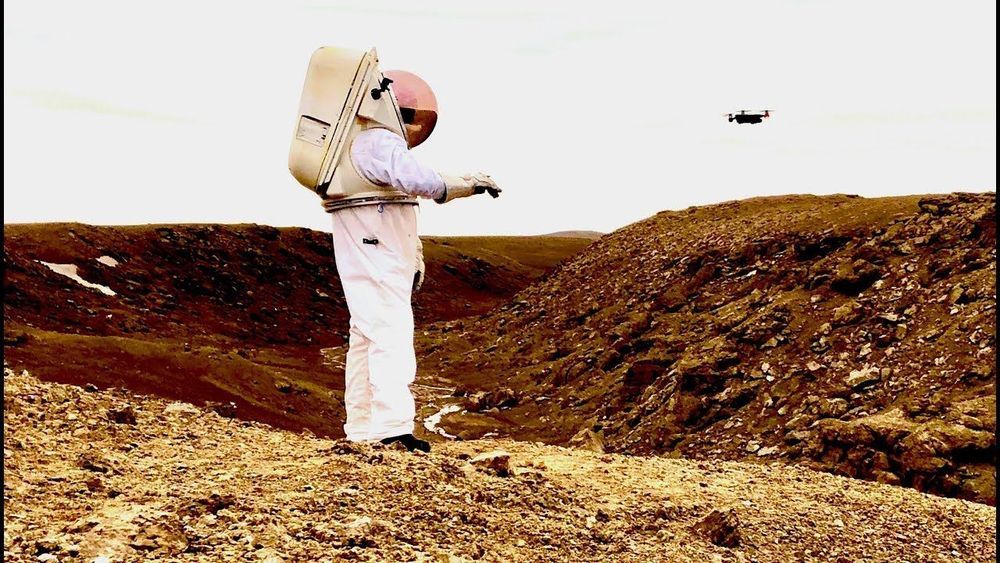
What if astronauts could take a spacecraft to Mars or some other alien planet and, without ever flying through a toxic atmosphere or landing on an inhospitable surface, control drones and rovers to unearth things that would be otherwise impossible to get up close to?
This is the thinking behind the Ntention smart glove. Ntention is an ambitious futuretech startup that was the brainchild of Norwegian University of Science and Technology (NTNU) students who wanted to push the limits of space exploration. They designed this glove, equipped with sensors, as a human-machine interface that lets you mind-control a robot with hand gestures. Now NASA’s Haughton Mars project (HMP) has field tested the glove and found it to be many levels of awesome.
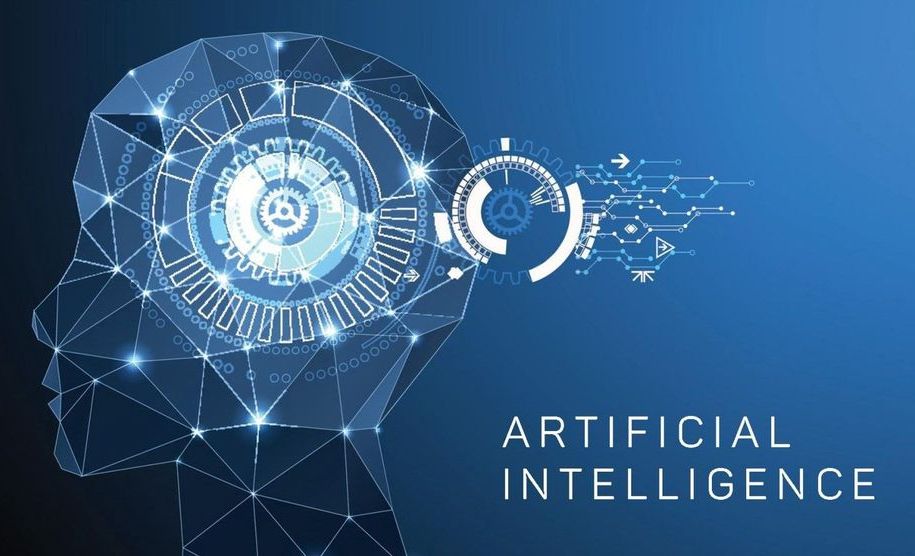
TV shows and fiction aside, the present-day examples of basic AI are Google Voice, Cortana, Alexa, Siri, and chatbots. However, AI isn’t just limited to voice assistants, it’s turning tables in other domains and industries as well. Several restaurants, for instance, have bots for room service, serving food and carrying luggage.
Let’s take a look at some interesting and mind-bending stats and facts on this prevalent technology to give you a better idea of the direction the market is headed.
Interesting stats and facts on artificial intelligence.

From insilico meddicine — the beginning of an AI healthcare revolution.
Poly Mamoshina on Machine Learning for small molecule drug discovery and the beginning of an AI healthcare revolution — interviewed at the Undoing Aging conference in Berlin 2019!
Polina Mamoshina is a senior research scientist at Insilico Medicine, Inc (www.insilico.com), a Baltimore-based bioinformatics and deep learning company focused on reinventing drug discovery and biomarker development and a part of the computational biology team of Oxford University Computer Science Department. Polina graduated from the Department of Genetics of the Moscow State University. She was one of the winners of GeneHack a Russian nationwide 48-hour hackathon on bioinformatics at the Moscow Institute of Physics and Technology attended by hundreds of young bioinformaticians. Polina is involved in multiple deep learning projects at the Pharmaceutical Artificial Intelligence division of Insilico Medicine working on the drug discovery engine and developing biochemistry, transcriptome, and cell-free nucleic acid-based biomarkers of aging and disease. She recently co-authored seven academic papers in peer-reviewed journals.
https://scholar.google.com/citations?user=YrLgl8gAAAAJ&hl=en
https://uk.linkedin.com/in/polymamoshina
https://cogx.co/speakers/polina-mamoshina/
Many thanks for watching!
Consider supporting SciFuture by:
a) Subscribing to the SciFuture YouTube channel: http://youtube.com/subscription_center?add_user=TheRationalFuture
b) Donating
- Bitcoin: 1BxusYmpynJsH4i8681aBuw9ZTxbKoUi22
- Etherium: 0xd46a6e88c4fe179d04464caf42626d0c9cab1c6b
- Patreon: https://www.patreon.com/scifuture
c) Sharing the media SciFuture creates: http://scifuture.org
Kind regards.
Adam Ford
- Science, Technology & the Future.